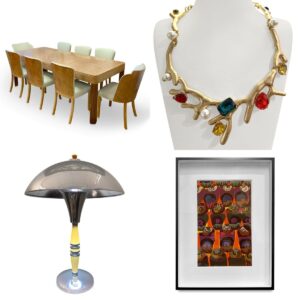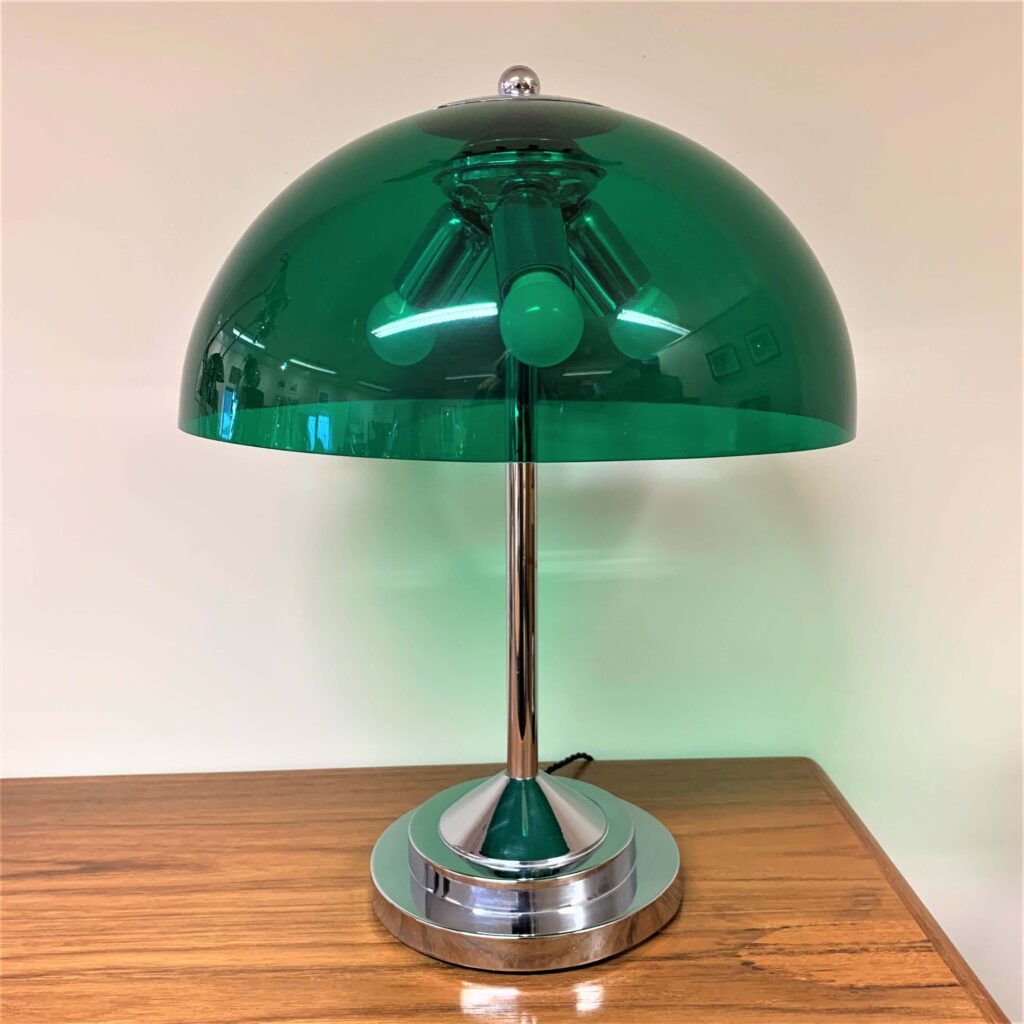

PLASTIC FANTASTIC
Fantastic isn’t a word we associate with plastic these days, yet plastics have also transformed our world in many positive ways . There are two main types of plastic: natural materials such as amber, horn and tortoiseshell which can be heated and moulded into shape while soft; and synthetic plastics which are made by combining chemicals and polymers.
From mid-Victorian times, experimentation with the latex scraped from a Far Eastern tree led to a wide range of industrial innovations. In fact, tree resins had been used by Mesoamerican and the Aztec cultures for centuries to make items such as sandals. Gutta Percha insulated the copper cables of telegraph links that criss-crossed our oceans. At the 1851 Great Exhibition, over 100 applications of Gutta Percha were on show and the material is still widely used today, for instance in dental componentry.
The process of making rubber hard yet elastic was patented by Charles Goodyear in 1843. “Vulcanised” rubber is still used for car tyres, hoses and waterproof rubber sheeting. Another naturally-derived material is shellac, composed of wood “flour”, which enabled the production of early phonograph records and is used by furniture restorers.
It was the combination of synthetic and natural materials that led to Celluloid in the 1880s and celluloid film for photography in 1887. This lightweight plastic created a dramatic reduction in the use of horn and tortoiseshell as it could be polished, carved and moulded to create necklaces, rings, brooches, bracelets, buckles and hair accessories. It was widely used as a substitute for ivory.
“Milk plastic” or casein was patented as Galalith at the end of the 19th century. Harder than Celluloid, Galalith is a Greek term with “gala” for milk and “litho” for stone. It was widely used in Europe for jewellery and knitting needles. The now well-known Jakob Bengel jewellery factory in Germany used Galalith in primary colours for their Modernist Art Deco pieces.
Bakelite is the name we most often associate with plastics of the early 20th century. This man-made plastic was invented by a chemist, Leo H. Baekeland, in 1908 and is also known as phenolic. The colour changes over time. Cream-coloured Bakelite was originally white; brown was originally lavender; orange was pink and green was turquoise.
Acrylic acid “plastics” were first researched in the 1840s but not fully commercialised until the 1930s when they were trademarked as Lucite, Perspex and Plexiglas. The transparent clarity and lightness of “acrylic glass” saw acrylics used as aeroplane windscreens during the Second World War.
From the carved Bakelite bangles of the 1930s which can fetch hundreds of pounds, to the space age furniture and lighting designs of the 1960s and 1970s, plastics offer insights into a world of invention and creativity. You can discover more at the Plastics Historical Society website: https://plastiquarian.com
The Design Gallery was launched in 2002 to specialise in progressive design movements of the 19th and 20th Century. We met whilst studying at Sotheby’s Institute of Art and discovered that we shared a passion for design, especially Art Deco, Art Nouveau and the Arts & Crafts Movement.

The Design Gallery© All rights reserved
Designed by Jarilo Design